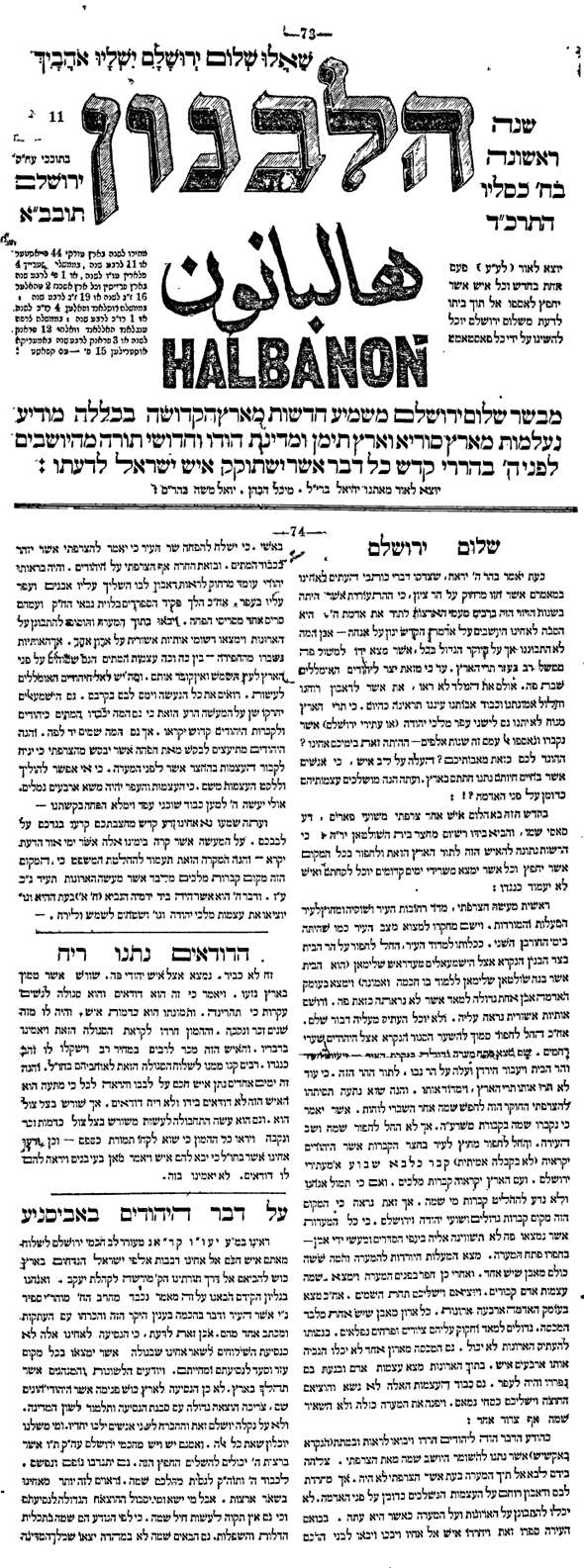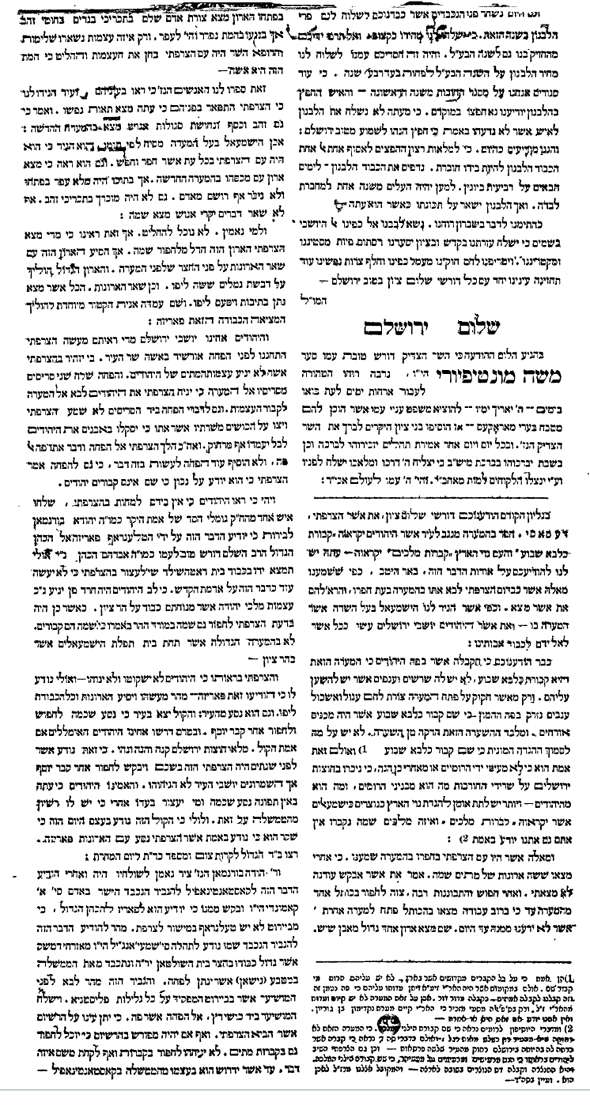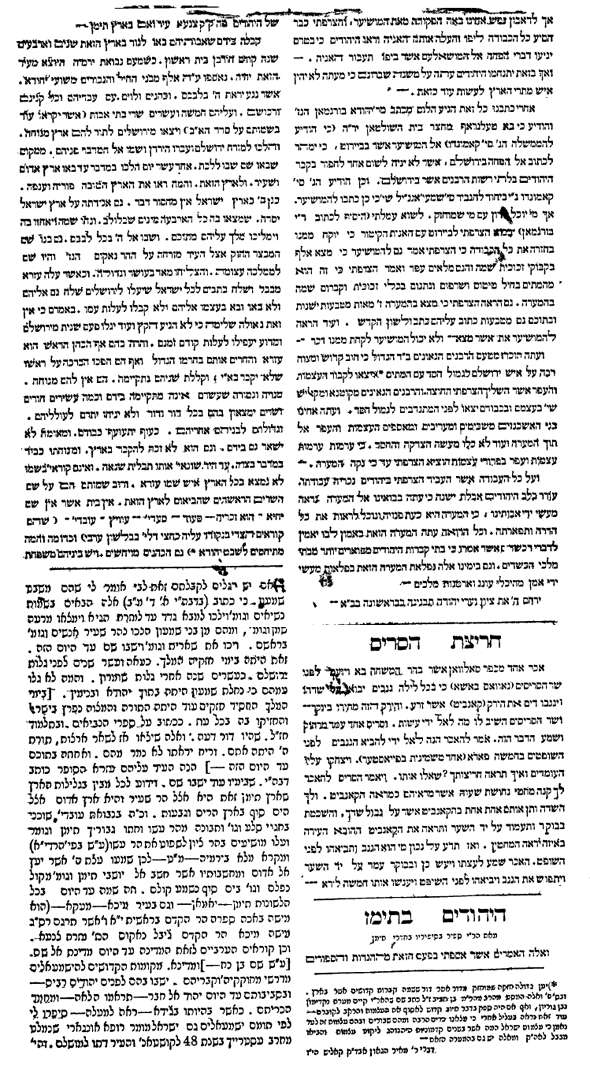The mid-19th century archaeological assumption about the site was that it was the tomb of several of the kings of Judah. Apparently this was because the tomb is so striking, and was known in Arabic as the tomb of kings. As it happens, with some irony perhaps, the Kalba Savua tradition, which is late and based on the teaching of Rabbi Isaac Luria, the Ari, is closer to the truth about this site, which is that it is not the tomb of kings of Judah, but it is indeed the tomb of another notable 1st century Jew. Queen Helena of Adiabene is also remembered fondly in Jewish tradition, but apparently her tomb was not, although anyone reading Josephus ought to have been able to realize that this was her tomb. Interestingly, in the Artscroll book "History of the Jewish people: the Second Temple Era" by Hersh Goldwurm and Yekutiel Friedner the tomb is identified as belonging to Helena and not Kalba Savua (p. 204).
Here is a 19th century drawing of this site:

When de Saulcy began excavating the site in late 1863, with permission from the Ottoman authorities, the Jerusalemite Jews were outraged at the desecration of a venerated tomb. What exactly occurred cannot be known, since both accounts differ, but archaeologists were interested in things, not bones. So de Saulcy scraped the place clean of sarcophogi and the angry Jews reburied the bones.
The November 19, 1863 issue of the Levanon, which can be somewhat anachronistically be called Chareidi in orientation published an article about the incident. The following issue, December 18, 1863 featured a follow-up. Both are at the end of this post.
One of the more famous 19th century Eretz Yisrael emissaries was Rabbi Chaim Zvi Schneersohn (Chayim Zvee Sneersohn), a great-grandson of R. Schneur Zalman of Liadi (hence the surname). Knowing English quite well - he eventually acquired American citizenship - he penned the following letter describing the outrage to London's Jewish Chronicle, date 15 Tevet 5664 (December 15, 1863). Most interestingly, he mentions that he sent a separate letter to London, declining to sign another letter because of some signatories, who were "unbecoming figures." Seeing their signatures made him laugh, although the content of the letter made him cry. It would be interesting to know who these figures were and what sort of internal Jerusalem Jewish politics made him decline to sign a letter alongside these "unbecoming figures."

Here is what Sneersohn looked like:

Halevanon Nov. 19, 1863; the initial article (please note that this is a composite image - I placed the masthead from the page before onto it for aesthetic reasons):

Halevanon Dec. 18, 1863; the follow-up:


